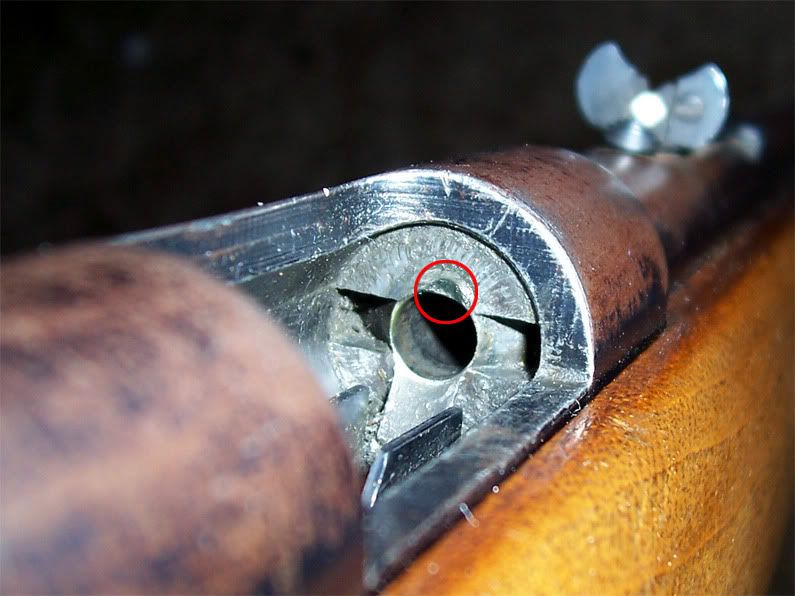I think I've posted about this before on this forum when I was looking for a tool that would keep the brass from sticking in the chamber because of this issue (I eventually got a chamber iron that has worked well).
However, now I'm wondering if it would be possible for a gunsmith to fix it permanently.
Here's a picture of what I'm talking about:

I'm wondering if a gunsmith could machine the breech back to get rid of the "crater", and then maybe re-cut the extractor grooves if necessary. You can see two to three threads for the barrel sticking out of the receiver, so I think there MAY be enough room to get the headspacing right. The firing pin would also need to be shaved down so that it didn't impact the metal during a dry fire.
So, would this be something a gunsmith could do relatively easily, or would it be too much to be worth it?
However, now I'm wondering if it would be possible for a gunsmith to fix it permanently.
Here's a picture of what I'm talking about:

I'm wondering if a gunsmith could machine the breech back to get rid of the "crater", and then maybe re-cut the extractor grooves if necessary. You can see two to three threads for the barrel sticking out of the receiver, so I think there MAY be enough room to get the headspacing right. The firing pin would also need to be shaved down so that it didn't impact the metal during a dry fire.
So, would this be something a gunsmith could do relatively easily, or would it be too much to be worth it?
